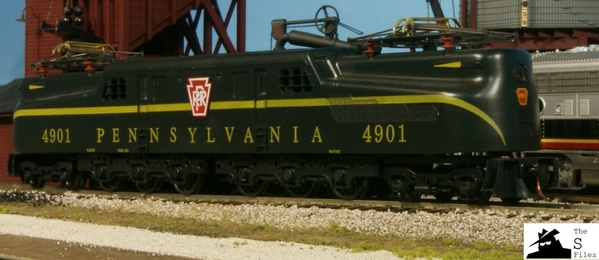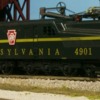The Senator in the basement was always Tuscan with red striped silver streamlined cars. The Broadway Limited was run with the older coaches in Brunswick or Tuscan. The cars used were heavy, and rare, and from Madison Hardware, and Madison cars I think, but could have been Pullman. (I just never learned which was which at a glimpse.)
None if the cars came as a named train, except the Senator's if I recall right.Or it may have been they were just "close enough" and dedicated as such.
I thought it was more about matching color to consists if convenient for that run. The time tables still had final say and might even get a steamer if the line allowed steam there and steam was needed to beat the clock.
(ah, "Beat the Clock", I liked that a lot too  )
)
With steam heat, the ID of "front" is easy. There is a fuel filler that gives orientation away no matter how filthy the loco was.
And if you don't like electric models because of lack of smoke, now you have reason to add smoke; the passenger heat's boiler.
On "Game Day" we had a few recreations of the ARMY/NAVY gathering of GG-1s. I hear the teams played football that day too.
Cur Ra Hee  ...at the throttles...what game?
...at the throttles...what game? 







